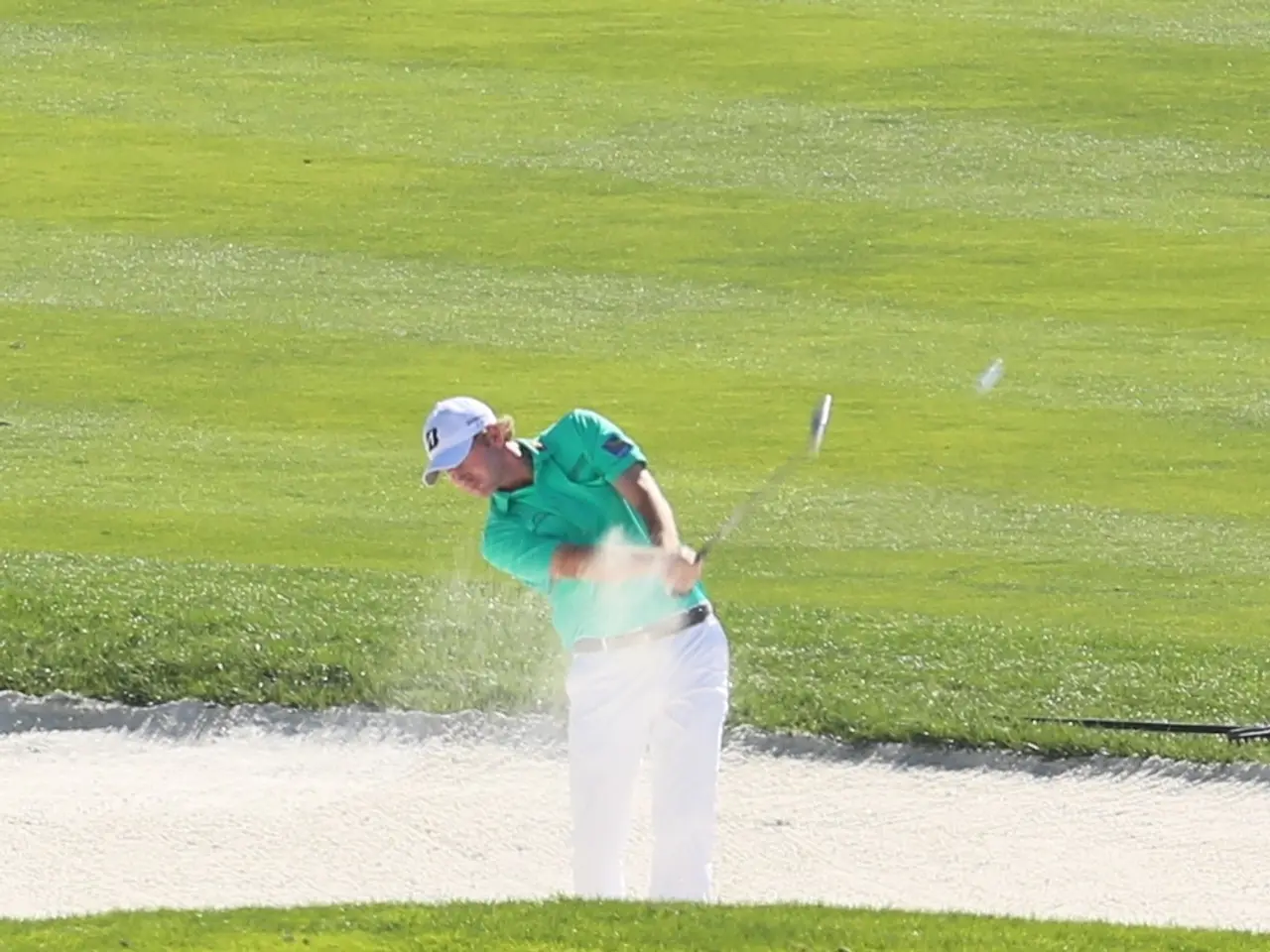USGA Driver Test Failure Disclosed by Scottie Scheffler Prior to PGA Championship
In a surprising turn of events, Scottie Scheffler, the current World No. 1 golfer, has raised concerns about the driver testing process on the PGA Tour following the failure of his TaylorMade Qi10 driver during the PGA Championship.
During his winner's press conference on Sunday evening, Scheffler did not reveal specific reasons for his driver's failure, but he did mention that it could be due to driver creeping, a phenomenon where the face material compresses after thousands of shots, making it quicker off the face and non-conforming despite being legal when first used. It is also thought that Scheffler's driver failed due to CT (Characteristic Time), which measures the spring-like effect of the face.
Scheffler is not alone in his concerns. Players like Rory McIlroy have questioned the driver testing process because their drivers were recently deemed non-conforming due to the USGA’s strict technical standards. Xander Schauffele shares similar views with Scheffler, advocating for testing every player to protect the integrity of the field.
The main reasons for the questioning are perceived harshness and impact on players' performance, concerns about fairness and transparency, and the fact that drivers often fail due to wear and tear rather than intentional violations. Both McIlroy and Scheffler had to use backup drivers after their main ones failed, which they feel affects their gameplay during critical events.
McIlroy expressed frustration over leaked test results, which added controversy and speculation around driver conformity testing. The USGA CEO Mike Whan explained that many drivers fail because of "creep" that occurs naturally over time with use, rather than deliberate wrongdoing.
To improve the process, suggestions have been made for increased transparency without causing controversy, more frequent or comprehensive testing, and clear communication about the nature of failures. Although some have proposed publishing test results akin to Formula 1's rules violation disclosures, the USGA currently keeps the results confidential to avoid sensationalism and distraction from the sport.
Scheffler will tee it up this week at Colonial Country Club in the Charles Schwab Challenge. Despite the setback, he feels prepared with his new driver, having used his old one for over a year. TaylorMade did a good job in fitting Scheffler for a new driver head, and he ranked 5th in Strokes Gained: Off the tee during the PGA Championship with 1.209.
Schauffele, too, had a club fitting with TaylorMade club Adrian Rietveld after his driver needed replacement. If driver testing is to be taken seriously, Scheffler suggests it should be left up to the players, like other rules in golf.
In summary, players like Scheffler are questioning driver testing because it affects their equipment unexpectedly due to strict and technical criteria that sometimes penalize natural deterioration. Improving the process could involve enhanced communication, a balanced testing schedule, and perhaps more transparent but carefully managed disclosures to maintain player confidence and preserve the integrity of the game without causing unnecessary distractions.
Scottie Scheffler, during his press conference after winning the PGA Championship, expressed concerns about the driver testing process, echoing similar sentiments from Rory McIlroy. They believe that the strict standards could unnecessarily penalize natural deterioration of drivers, affecting their performance in critical events.








